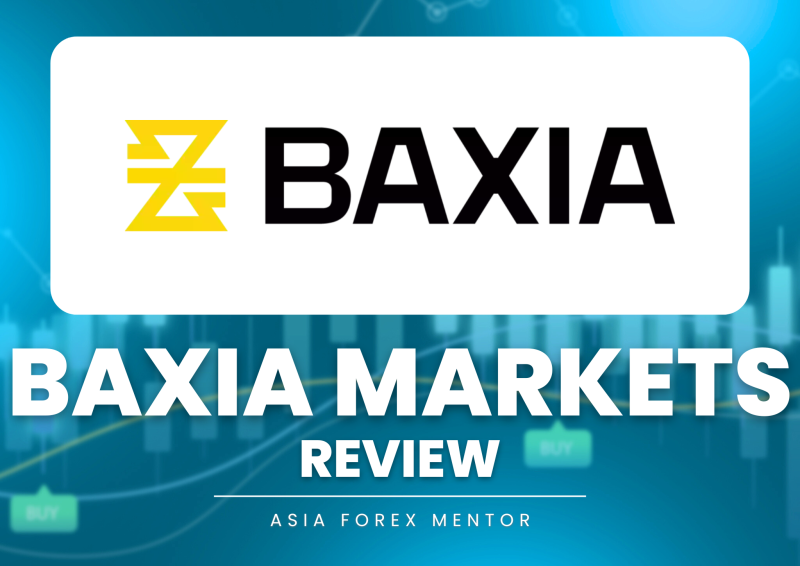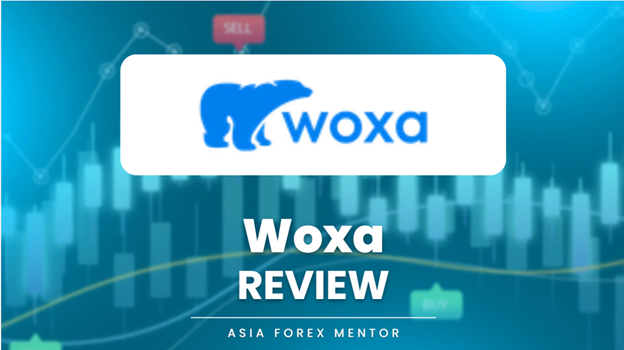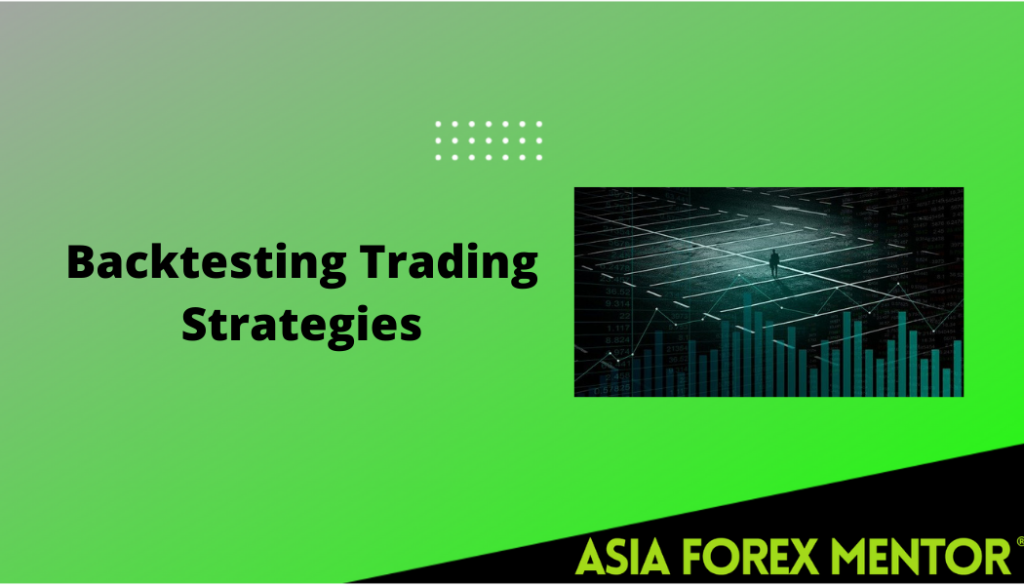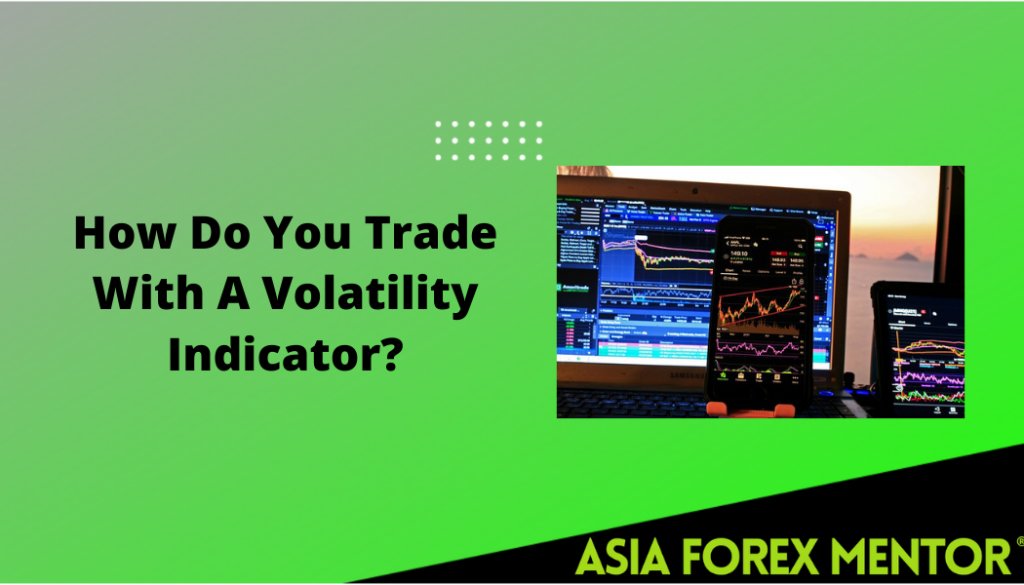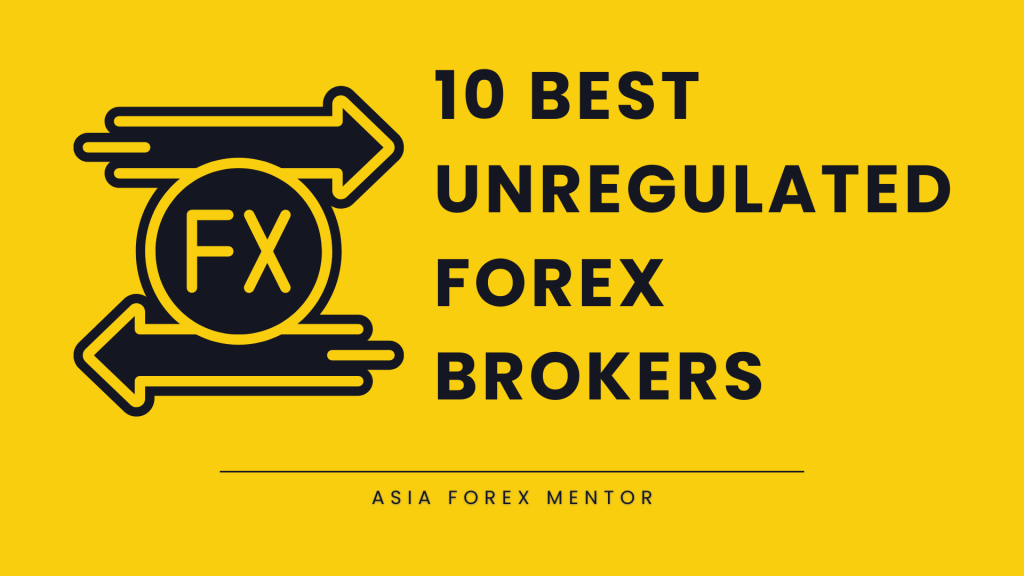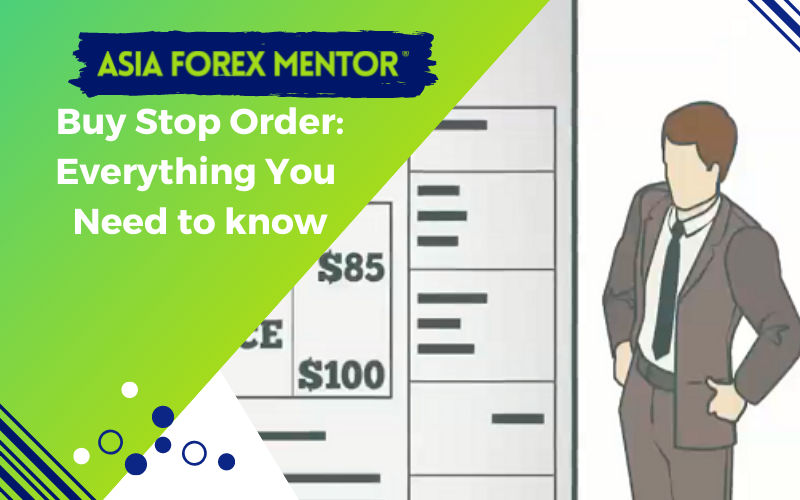
A Buy Stop Order or also called stop price is made when a trader invests or buys a stock or asset at a price that is higher than the current market price – contrary to the usual low or minimum price. This kind of order is usually made whenever a trader thinks that there is a great possibility that the price will continue to go higher beyond the anticipated buying price.
It is an important order to use for any trader to secure a position in a possible upward trend, and to schedule when to buy or sell in the chart.
Contents
How it works?
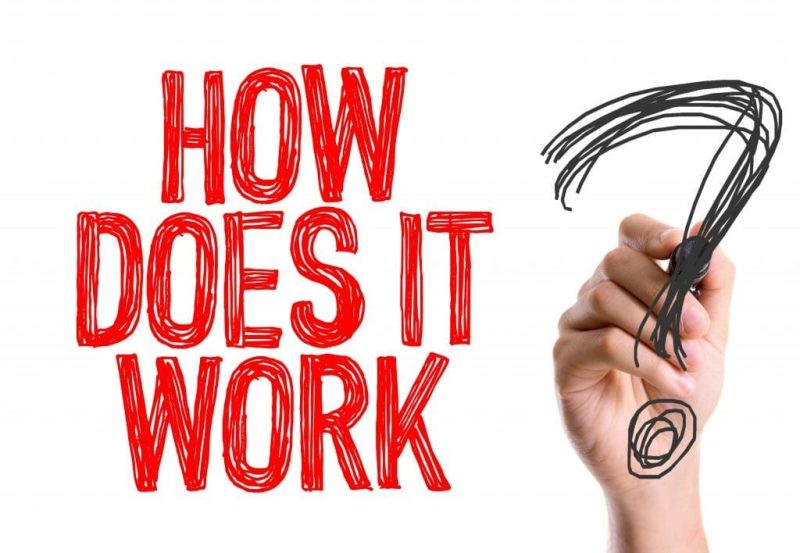
To make sure that the trader would be able to get hold of the anticipated increase in price, the trader assigns a certain price value above the current price and will be cashed-in or executed once the price moves up the existing market price.
Of course, a buy or sell using this order can only come about if the future price will truly move higher than the current price.
The good thing about setting this kind of order is that you don’t have to sit around and wait for it – simply assign a specified price value above the current price and then let the trading platform do the work. The buy order will then be executed when the assigned price is met.
When to use Buy Stop Orders?
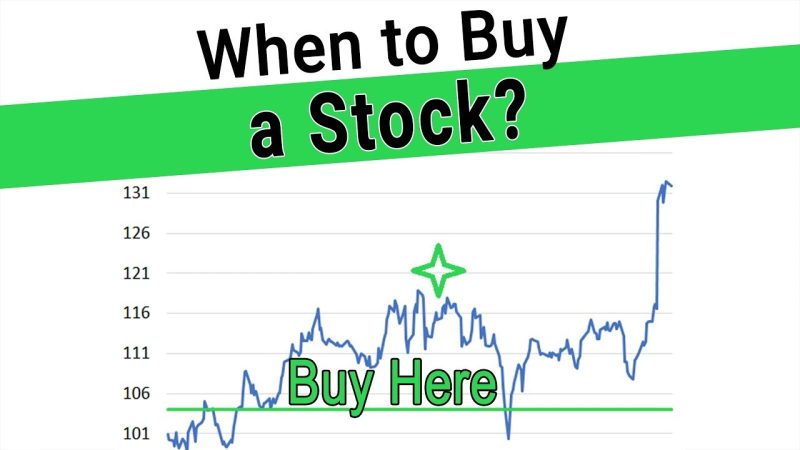
While these type of orders are commonly used when trading stocks, it also works for other tradable mediums such as forex, options, derivatives, and others. This order is a great strategy to take hold of when looking to profit from markets with a strong upward trend. It is used to secure a long position in an expected upward trend.
How to set a Buy Stop Order?
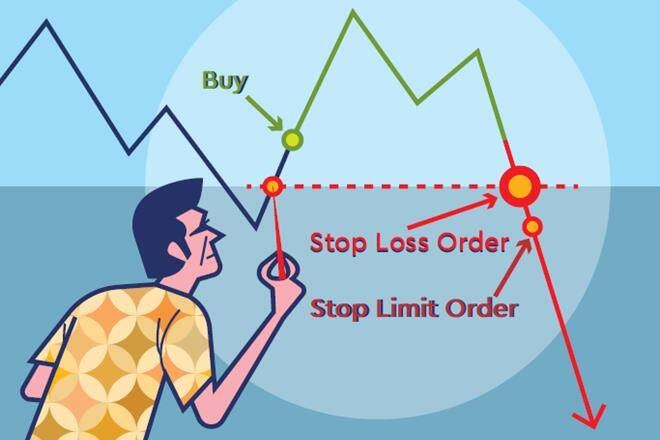
To set up this order, a trader should be able to identify the possible opportunities for a specified price increase or rise. The worst thing you’d want is to establish this order at a downtrend market.
So, before actually setting up a Buy-Stop Order or stop price order, make sure you are trading on a market that is going uptrend. The possible trend of the market can be assessed through fundamental analysis and through chart patterns. Chart patterns in particular are popular and widely-used strategies in determining specified price movements.
Why is a Buy Stop Order Important?
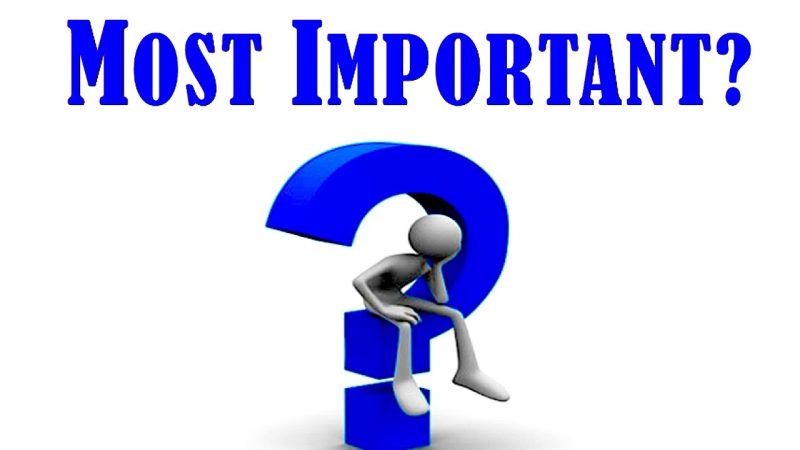
The first importance of using this kind of order is to verify the trend of the market.
As discussed earlier, this buying order will only be accepted or executed when the price is moving upward. Hence, this buying order serves as a protection against downward trends or fallbacks.
It helps the trader secure a long position for an expected uptrend but also keeps the trader away from trading a downtrend market.
Example of Buy Stop Order on Chart
As an illustration, let’s look at the chart for Apple stock. During this particular range, the price bounced back to a previous resistance level. Many traders consider this resistance level as a breakout level where the price has a possibility to break through the previous high price. The projected price shows an anticipated upward movement.
To set a Buy Stop Order in this regard, the trader assigns a buy order at a specific price that is a price higher than the current price. If the future price level moves upward, the order will be executed. However, if the price moves down from the current price, the order will not be executed.
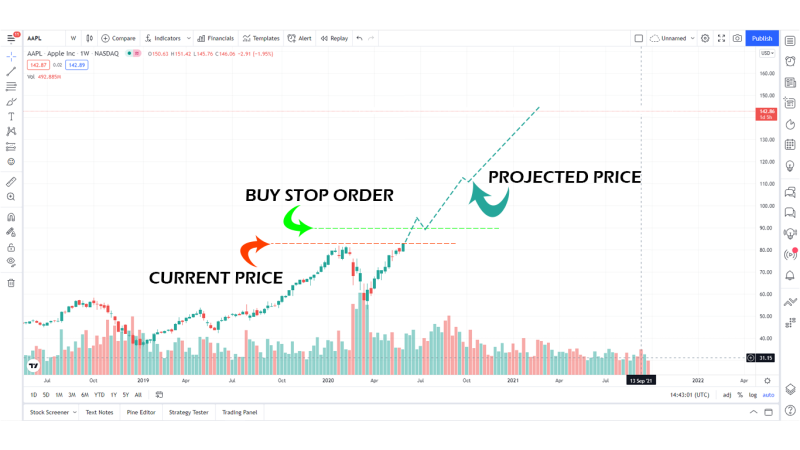
The next image shows that the order has been executed, and the price moved toward the desired direction. After the price has increased considerably, a sell order has been established and executed to profit from the price movement.
Just like the Buy-Stop Order, a Sell Limit Order, limit orders or limit price order should also be considered carefully prior to execution.
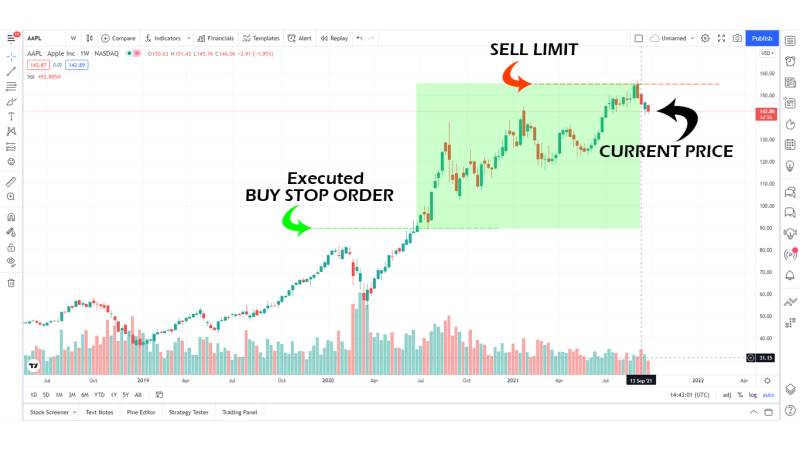
Conclusion
Getting in control of trade is something that every trader wants to achieve. While there is no guaranteed way to control the market, there are certain ways on how to have an edge on every trade – and that is through Buy-Stop Orders. These buying orders provide you with opportunities to ride a possible market uptrend. Also, it keeps you away from investing in a market that is headed downwards.
The best thing about setting up a BuyStop Order is that you don’t have to regularly monitor or track the movement of the price in a chart. Simply designate your Buy Stop price value and let the market do its work. The Order will be executed right away if the price meets the desired value.
While a Buy Stop Orders on its own is a great strategy to gain profits and to know when to buy or sell, incorporating it with other systems, chart patterns, and other strategies can further improve its effectiveness in gaining momentum on the market.
FAQs
What happens if the Buy Stop Order is not met?
If the Buy Stop Order has not been met or executed, the order will remain open. This means, the order will still be active and will only be executed when the price moves back to the assigned price value.
The life or duration of the order will depend on the assigned type of order – whether GTC (Good-Till-Cancelled) or ATO (At-The-Opening). GTC can last for long periods around 60 days to a year, while ATO lasts within 24 hours.
What is the ideal Buy Stop Order?
An ideal Buy-Stop Order would be at a level that is close to the current price. Furthermore, the ideal Buy-Stop order is determined by using historical price levels such as break-out levels, resistance levels, channels, or the ‘peaks’ of certain chart patterns. It would also be good to consider the volume to determine the strength of the market that is moving upward.
What is a Stop Limit Order?
A Stop Limit Order is the combination of the Stop buy order and the limit price order in order to reduce risks. While the Buy-Stop Orders are where a trader initiates the ‘buy’, the Limit Orders will set the ‘sell’ to reduce the risks of losing profits. It focuses on a particular ‘safe trading range’ that is profitable for a trader.
Is a Buy Stop Order different from Limit Order and Market Order?
Both the Buy-Stop Order and the Limit Order or buy limit order are the same in the sense that they are both triggered by price movement. Once the price hits the designated price value, the Buy-Stop Order and the Limit Order will be executed.
Furthermore, a Buy Stop order is commonly used for an uptrend price movement, while a buy limit order is used during expected price reversals.
On the other hand, an order becomes a market order if the trader buys a stock or asset right away regardless of the stock's price. In other words, the order becomes a market order as soon as the trader buys the current price in the market – thus the name ‘Market’ order.



